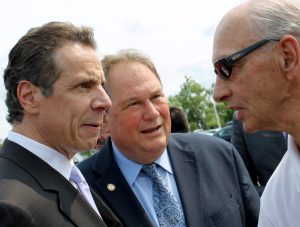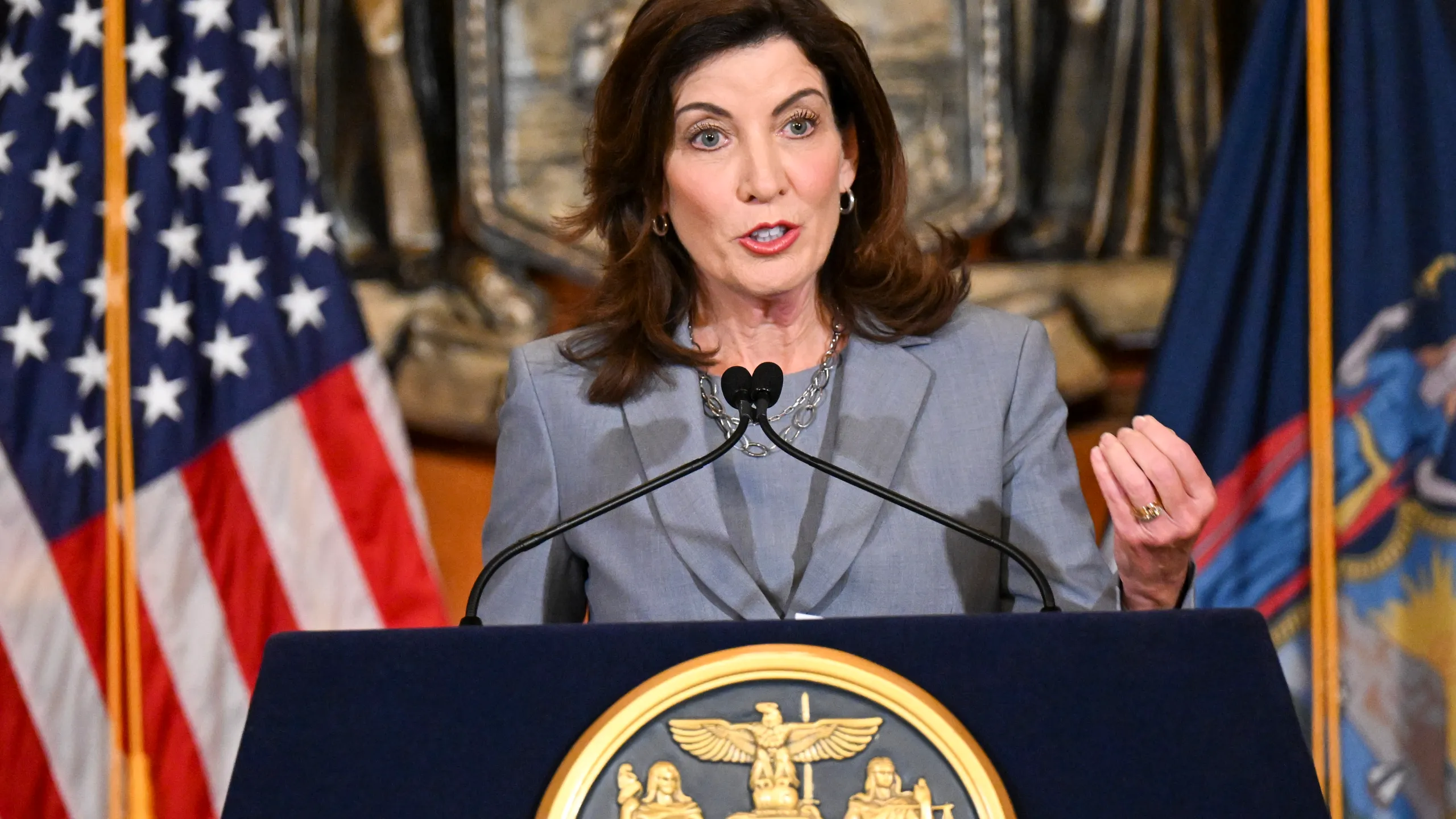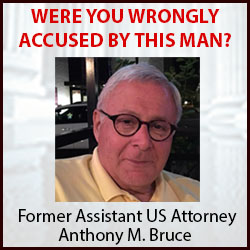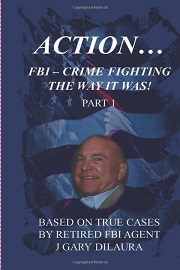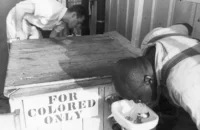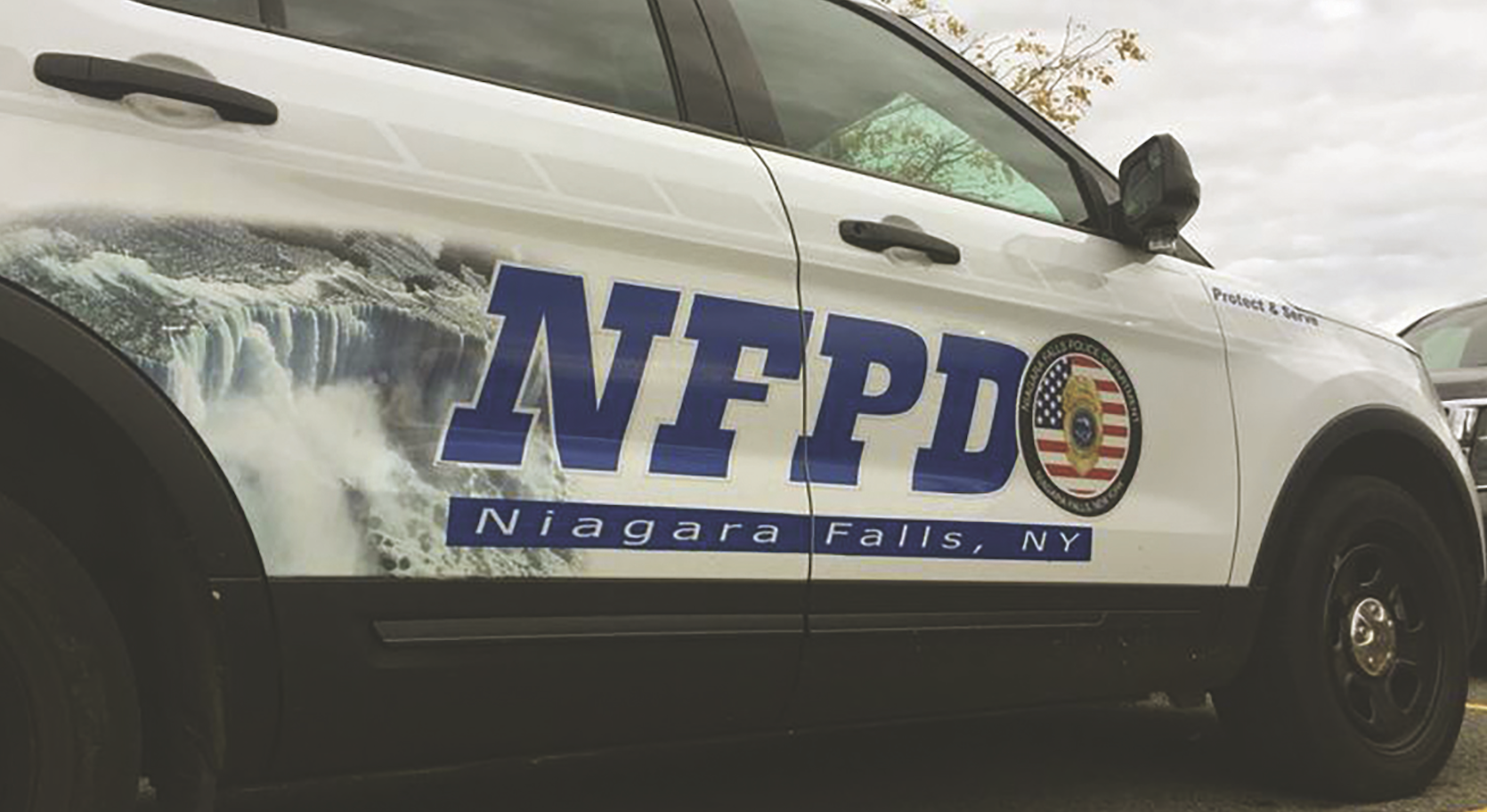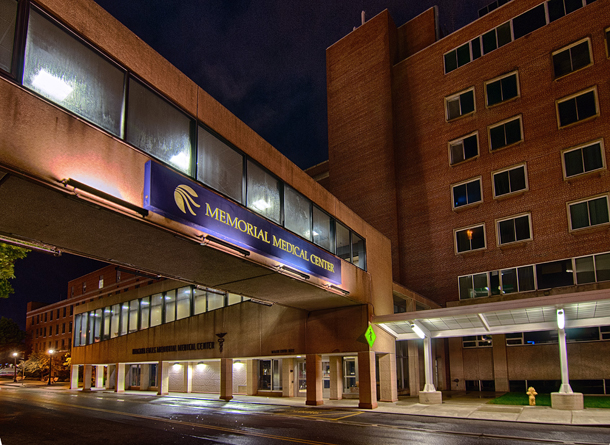Local leaders are said to be fuming about Gov. Cuomo’s State of the State address—delivered, unconventionally, in Buffalo—after he inserted a demand that local governments hold referenda ostensibly designed to cut local tax bills.
“Cuomo’s plan doesn’t cut [excrement],” a frustrated county official told us Wednesday. “Meanwhile, he’s the biggest cost-driver in the state.”
The plan, which Cuomo trotted out at the Buffalo State of the State speech, would require county leaders to devise ways to consolidate or share services with the municipalities inside their borders. While that sounds commendable enough, county budget officials we talked to said the impact of any likely service sharing would be negligible across tax bills.
“You’re talking about saving the taxpayers far less than a penny per $1000 on their tax bills,” one county budget planner told us. “That’s what this accomplishes—we could, maybe, save money on the cost of snowplow blades. Meanwhile, Cuomo has pushed off millions of dollars in state program costs on us and we can’t do a thing about it.”
County leaders are privately circulating a PowerPoint presentation, delivered by County Manager Richard E. Updegrove just last month, showing that nine state-mandated programs eat 99 percent of property tax revenues raised locally.
“That’s a partial list,” one budget planner added.
Unsurprisingly to readers of this periodical, Medicaid’s $43.7 million local price tag tops the list. That may not be the one that vexes county lawmakers the most, however.
“We’re still shocked by the Governor’s arbitrary decision, in 2012, to shift the cost of Safety Net—the state’s non-federally-mandated welfare program—to county taxpayers,” Randy Bradt, R-North Tonawanda, the County Legislature’s majority leader, told us Thursday. “The net effect has been to, over five years, hit Niagara County taxpayers with an extra $10 million tax bill.”
The local share of the Safety Net program has been averaging around $7 million annually since 2012, when Cuomo ended a formula that had, since the program’s inception, split the costs of the welfare benefit 50-50 between state and county government. Cuomo’s 2012 budget changed that to a 71 percent county – 29 percent state split.
“This is a very inconvenient truth for Gov. Cuomo,” Bradt told the Reporter.
Bradt confirmed that county lawmakers and appointees had been reexamining the list of nine costly state-mandated programs that, at $76.8 million, eat up virtually the entire local $77.6 million property tax levy.
Two county leaders we spoke to also dismissed a Buffalo News editorial favoring Cuomo’s plan, noting that the Wednesday editorial admitted in its first paragraph that Cuomo’s plan was unlikely to work.
“The Buffalo News is so partisan that they praised a plan they admitted throughout their editorial was badly designed,” one top Republican told us. “The News even admitted that, by excluding school districts, and ignoring the huge cost of state mandates, the plan does nothing.”
The News editorial’s exact verbiage was actually stronger: “[Cuomo’s proposal] pays no mind to the unfunded state mandates that fall like acid rain on local governments.” Despite this, the editorial dripped with praise for the Queens politician currently occupying the governor’s mansion.
The plan did come in for some demented praise from one Democratic county lawmaker, though, who told the Reporter, “The nice thing about being in the minority is we don’t have to figure out how to pay for it.” When asked if local Democrats would criticize Republican efforts to characterize Cuomo’s mandate as inadequate, the legislator answered with a shoulder shrug and a grin.
Local politicians aren’t alone in their distress over Cuomo’s plan, either. The New York State Association of Counties—the powerful lobbying organization that pushes back on New York State’s New York City-controlled government—sent out an alert criticizing Cuomo’s plan shortly after he hatched it.
In a tersely worded statement, Association of Counties Deputy Director Mark F. LaVigne said, “The largest expense for counties continue to be state mandates. … For most of these programs counties are required to follow strict state rules about what services must be provided, including the amount and duration of benefits. It is also important to note that counties in most other states do not have to administer such a large number of state programs using locally raised tax revenues. If the Governor wants to reduce property taxes, then the State has to act to reduce the costs imposed on counties.”
The Association of Counties holds one of two annual planning sessions later this month in Albany, and have already reached out to local officials saying they intend to roll out a plan of action for the State Legislature to counter Cuomo.
Still, despite the frustration of Cuomo’s plan, one longtime GOP operative told us what he believes is at the heart of what he termed Cuomo’s unsolicited effort to “shift the blame for New York’s high taxes to local municipalities.”
“Andrew has daddy issues, OK? And Mario never got to be president. This is Andrew’s first shot at running in 2020,” the GOP operative said. “He’s got some delusional idea that by doubling down on Hillary’s and Bernie’s far-left-wing ideas, he’s going to do better than they did against President Trump.”
A New York Times headline seems to bear out our contact’s thoughts.
The Jan. 9 Times banner screamed “Andrew Cuomo Raises His Profile, Stirring Talk of a 2020 Run.”
That news, which predated Cuomo’s local cost-cutting referenda talk, came after another major Cuomo announcement: “free” state college for everyone.
“Great. He’s going to turn Millennials’ college bills into another unfunded mandate for us to figure out how to pay locally, and thinks that America will give him the nuclear launch codes for doing it,” our Republican contact said. “Where do I go to donate to Trump’s reelection effort?”



